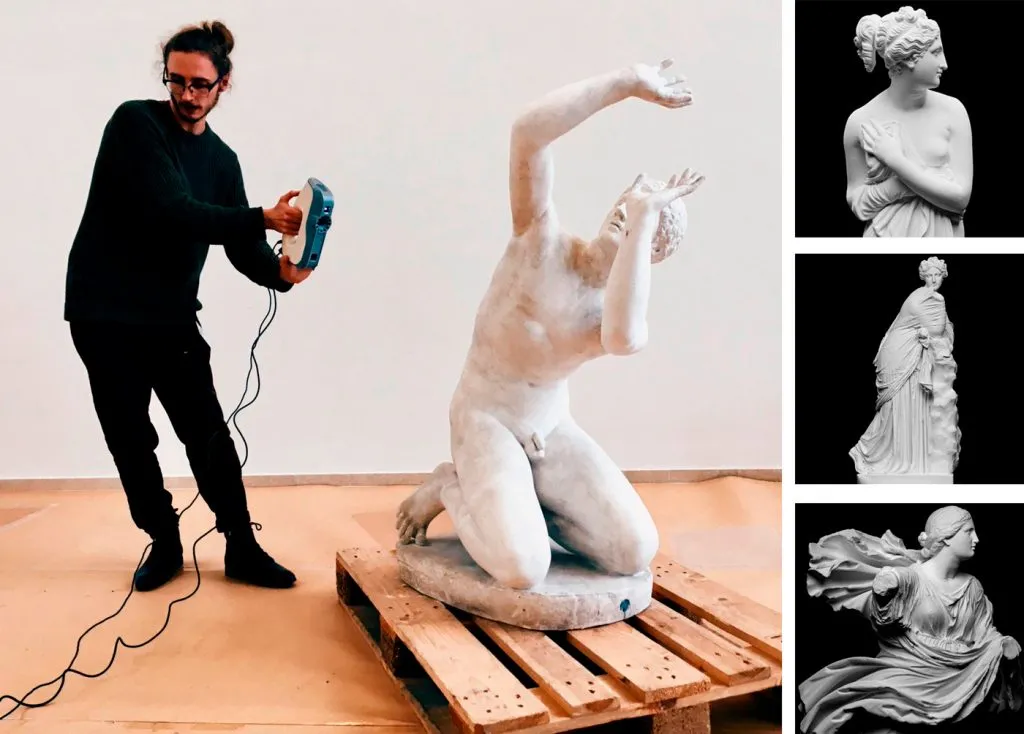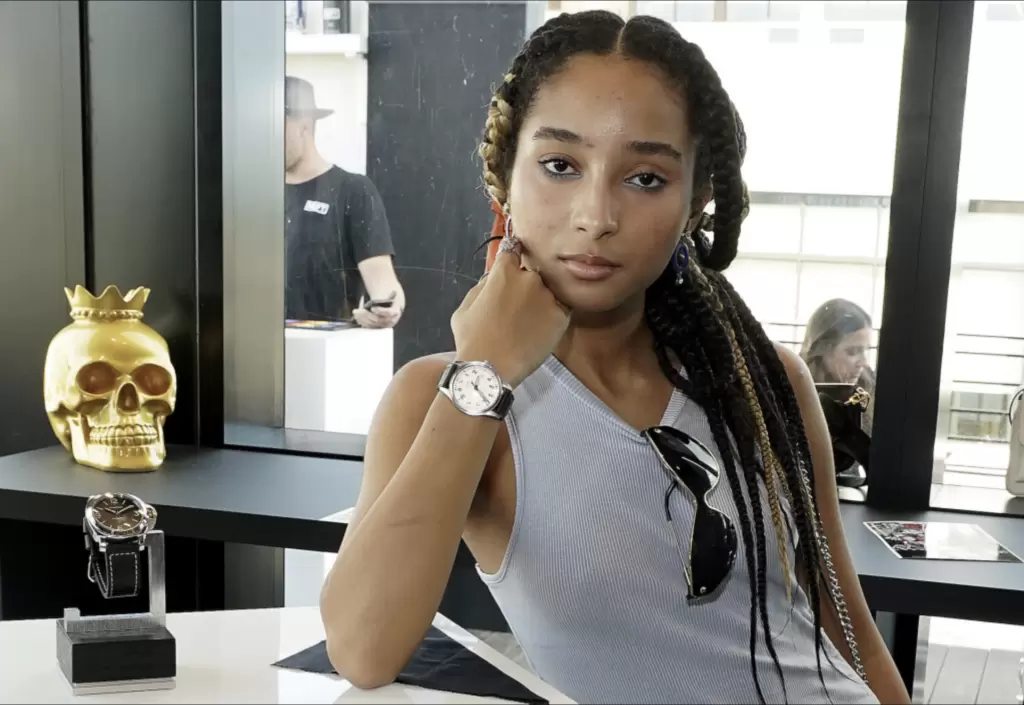.ART Digital Innovation in Art Nominee, Jonathan Beck: “We are the Storytellers”
Jon is an Artist who turned into a global ambassador for preserving cultural artefacts using 3D technologies.


Jonathan Beck is the Founder of an online cultural heritage project Scan the World, an initiative that archives objects of cultural significance using 3D scanning technologies. Since its inception in 2014, the platform has created over 16,000 downloadable artefacts and received over 60 million views to its page. Every day about 4000 enthusiasts, researchers, students and hobbyists download an object to print at home or use for research purposes. On the hottest day of July in London, we spoke with Jon about the project and his nomination for the Digital Innovation in Art award.
“Initially, Scan The World started as an art project… the idea of community and open sharing appealed to me” says Jon, as he found himself getting further into using technology to democratize the arts. To create the first models, he would simply show up at museums and take as many photos of sculptures as he could before being noticed. These photographs would be combined (using photogrammetry technique) and used to create digital copies of the objects. Since then, the relationship with museums has grown into formal partnerships.
Digital Innovation in Art award celebrates the innovative use of digital technologies in the arts. Nominating for the award only came naturally given the extensive work Scan The World’s team is doing to connect the physical and digital realms of the arts. When asked about the direction he would like to take forward Jon doesn’t wait too long to respond, he answers “to make every object as discoverable as possible”.

Recently, The Victoria and Albert Museum has commissioned two 3D printed sculptures to mark the reopening of its Cast Courts. The notable two halls host reproductions of some of the most famous sculptures in the world and now 3D printed pieces became a part of it. Apart from V&A, Jon is also working with over 50 institutions to make their collections accessible through Scan The World. “The project looped my interest across cultural heritage, identity, global heritage and the Internet” he comments.
Establishing formal relationships with museums was only the first step in the execution of Jon’s vision. Currently, Scan The World team is busy shaking up how the digital archives work. “0.5% of the British Museum collection is on public display, which means 99.5% of the works are in archives, accessible only by academic elites,” says Jon “the rest of us have to pay to access the digital files”. He continues, “every object tells a story, but these objects are disappearing” and archives should be “more of an ecosystem with various types of ownership. The 3D modeller, the painter, the museum, the storytellers will all have core ownership of an object and this is as important as having a normal biblical archive”.

How .ART Domains Are Taking Artists Online Read More How to register a business email on .ART Read More Portfolio on .ART: How to showcase your creative work in 4 simple steps Read More
The team at Scan The World is not alone on its mission. It has recently also received interest from the tech industry. For example, Google Arts and Culture are using their search engine to build a concise archive of Metadata and compatibility, while Wikimedia (the media arm of Wikipedia) are integrating 3D objects, such as Michelangelo’s David, from Scan The World to appear on Wikipedia.
On this digital journey, Jon finds time to meditate and reflect. When asked about objects he can’t live without his first thoughts are “An iPhone” but then a yoga mat makes it close second. He would like the project to become self-sustainable, with the community uploading copies around the world. In the end, he says,
“you don’t have to give up your heritage to a museum. You can share a digital copy of which you will have full ownership and people can print it out and add their thoughts, keeping the story alive”.






